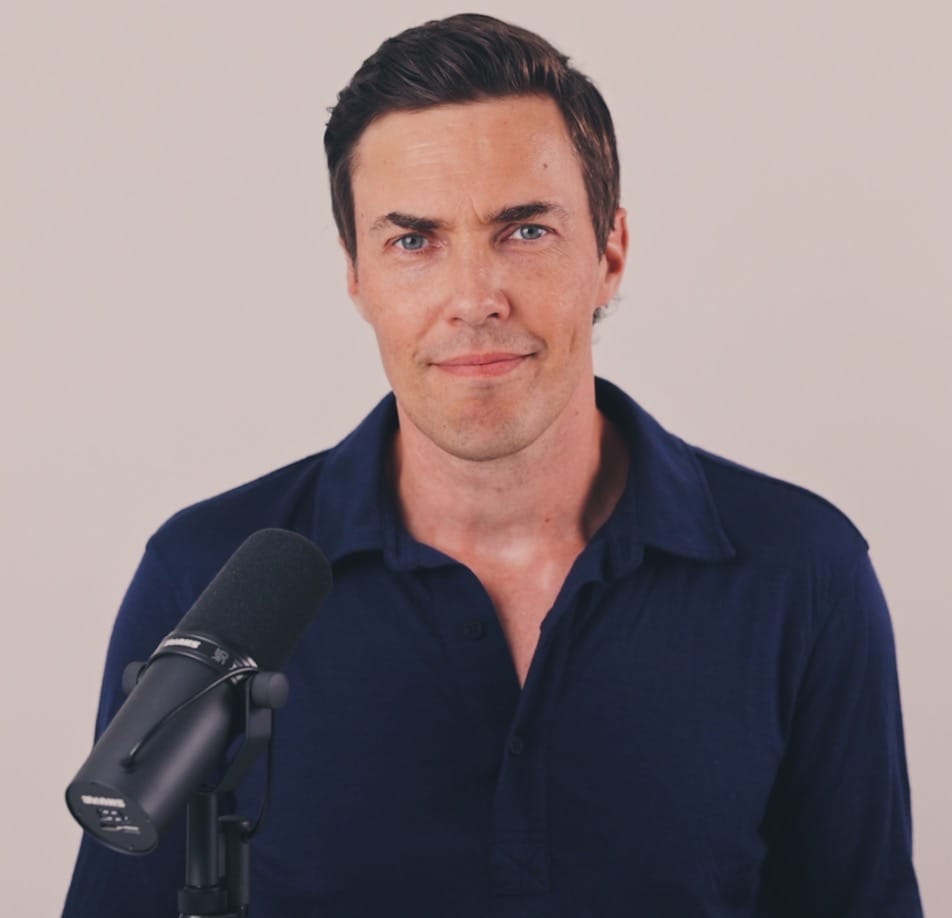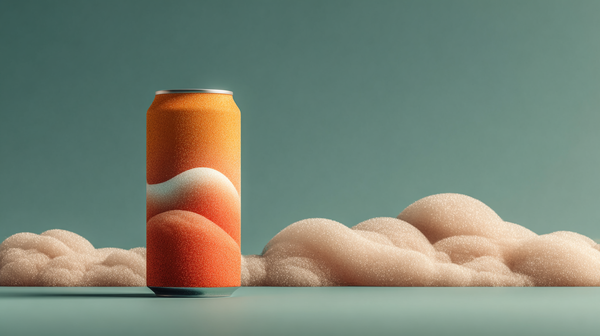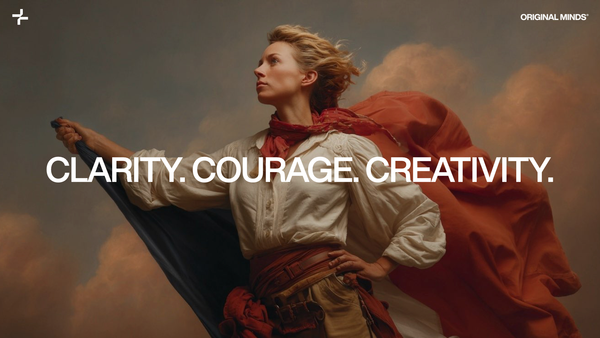Apple just raised iPhone prices again, and customers barely blinked. The signal: Apple has built a “brand tax” — a premium people pay without question. The deeper truth? Trust and ecosystem lock-in let Apple defy inflationary gravity. The shift is from product pricing to brand pricing, where identity, status, and switching costs matter more than features. The opportunity? Challenger brands can study how Apple monetizes loyalty, not just devices. Plays: build ecosystems, price for status, and turn customers into investors in your brand.
The Signal
The iPhone 15 Pro Max launched at $100 more than its predecessor, Apple TV+ quietly doubled its subscription fee in the last 18 months, and the Vision Pro shipped at $3,499. Despite this, demand remains strong: Apple’s Services revenue (App Store, iCloud, TV, Music) just hit an all-time high of $24 billion in a single quarter.
The Relevance
For entrepreneurs and brand leaders, this is the holy grail: customers who don’t just tolerate price hikes, they rationalize them. In a market where inflation forces discounting, Apple keeps moving up-market — and consumers thank them for it.
The Insight
Apple doesn’t sell products. It sells identity, status, and lock-in. The ecosystem is so sticky that leaving feels impossible. iMessage keeps friends inside. AirPods only work right with iPhones. Once you’re in, the switching cost is higher than the sticker price. The “brand tax” is Apple’s way of monetizing irrational loyalty.
The Shift
We’ve moved from product pricing (what does it cost to make?) to brand pricing (what will people pay because of who you are?). In tech, hardware margins collapse over time — but Apple has inverted the curve by making the brand itself the product.
The Opportunity
Challenger brands don’t need Apple’s scale to apply the lesson. The play is to build ecosystems, rituals, and identity signals that turn customers into long-term investors. Premium isn’t about specs — it’s about status, story, and belonging.
The Plays
- Build Ecosystems, Not Products: Bundle services, accessories, and experiences that make leaving painful.
- Price for Status: Don’t just cover costs — charge to reinforce aspiration. Higher price can increase demand when it signals membership.
- Monetize Lock-In: Find the iMessage in your industry — the feature, perk, or network effect that customers can’t abandon.
- Narrative Premium: Sell the story as much as the thing. Apple’s launches feel like cultural events, not spec sheets.
- Upgrade Culture: Train your customers to expect — and embrace — higher prices as a signal of progress.
Bottom Line
Apple’s real genius isn’t in design or devices. It’s in creating a brand tax consumers are happy to pay. The lesson: stop competing on features. Compete on identity, lock-in, and the emotional price of leaving.










